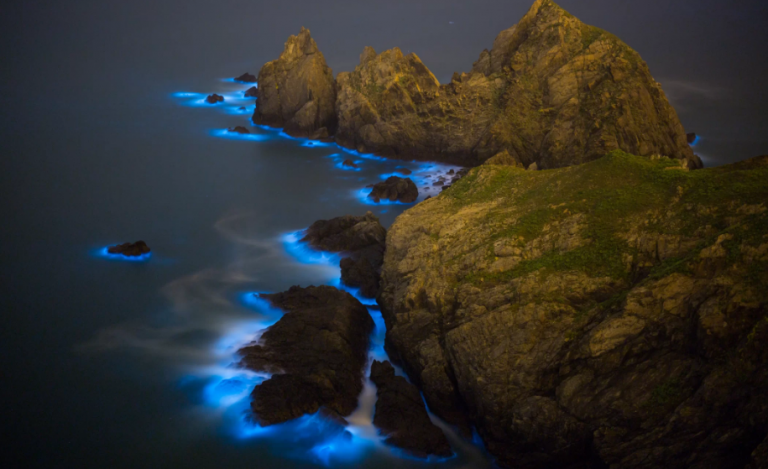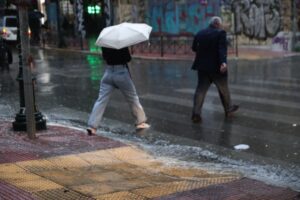On summer nights, the waters surrounding Taiwan’s Matsu Islands cast an eerie blue glow. The phenomenon, known as China’s “blue tears,” is actually caused by a bloom of tiny, bioluminescent creatures called dinoflagellates. Tourists from all over China come to view the twinkling seascape.
The bloom in the East China Sea may be beautiful, but it’s also toxic. And it’s growing bigger every year, a recent study finds.
“People think this is romantic and beautiful to watch at night,” Chanmin Hu, an oceanographer at the University of South Florida and study co-author, told Live Science, “It’s toxic.”
Hu and his team of researchers used satellite data to track the size of the bloom over time. By analyzing nearly 1,000 satellite images from the past 19 years, the researchers were able to identify a signature unique to blue tears — the wavelengths of light reflected by this particular creature, but not others. “It’s like a fingerprint,” Hu said. Using this fingerprint, they found that the bloom, which is typically seen near shore, is extending its reach into deeper waters.
Read more HERE
Ask me anything
Explore related questions





